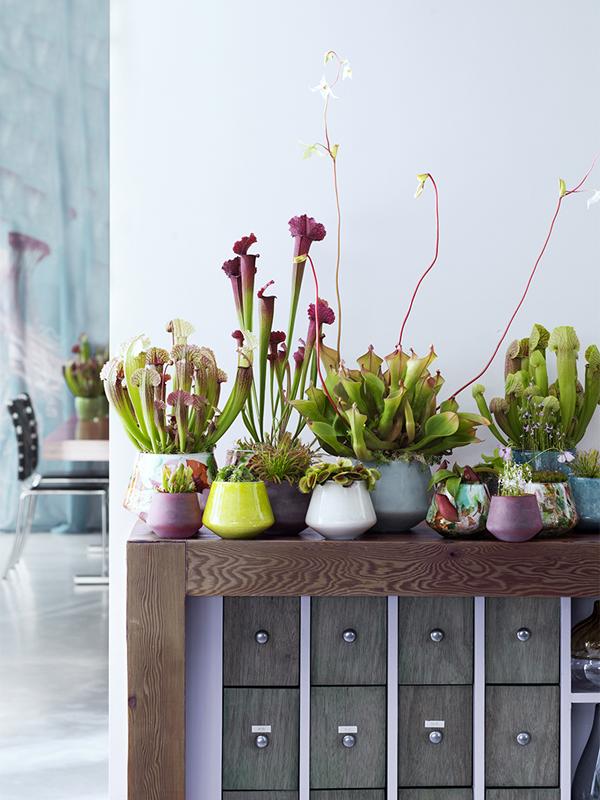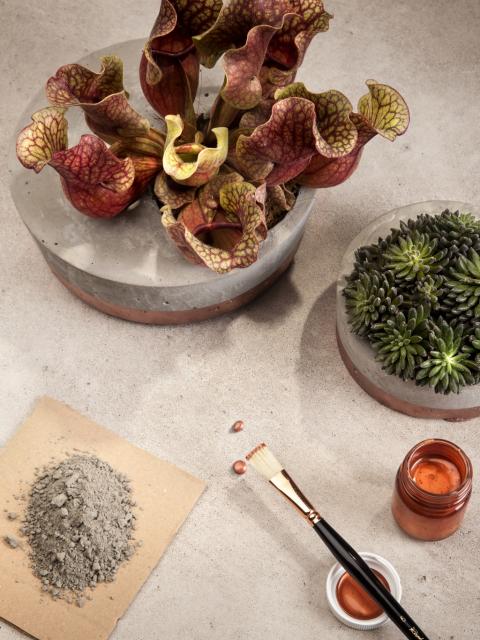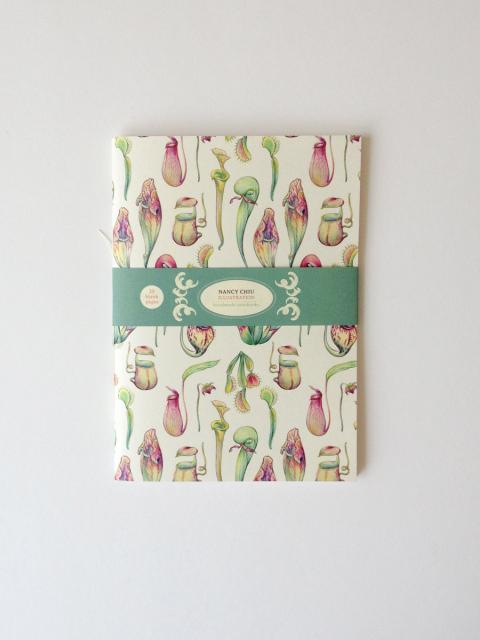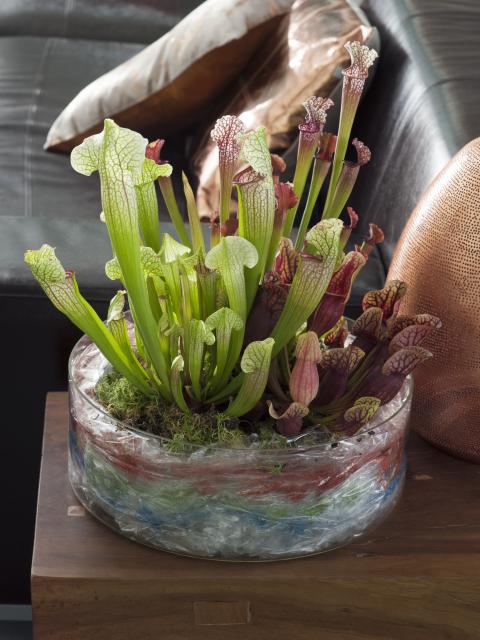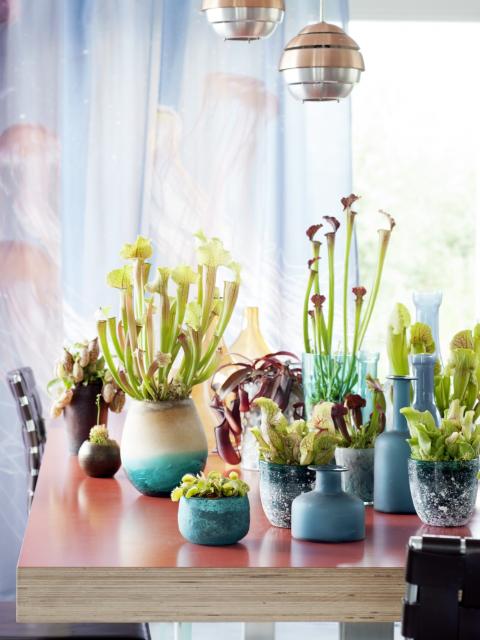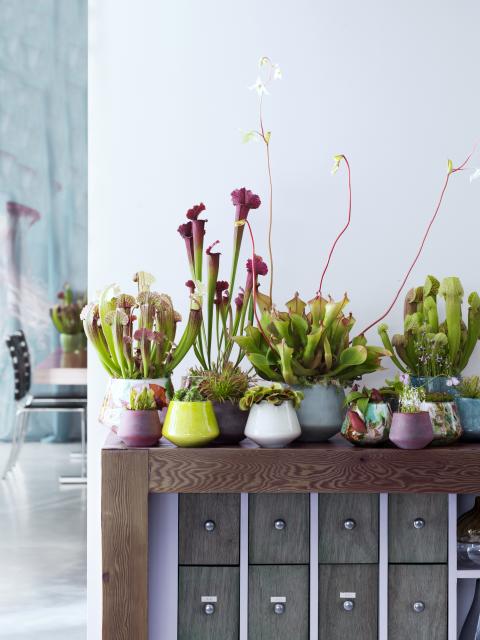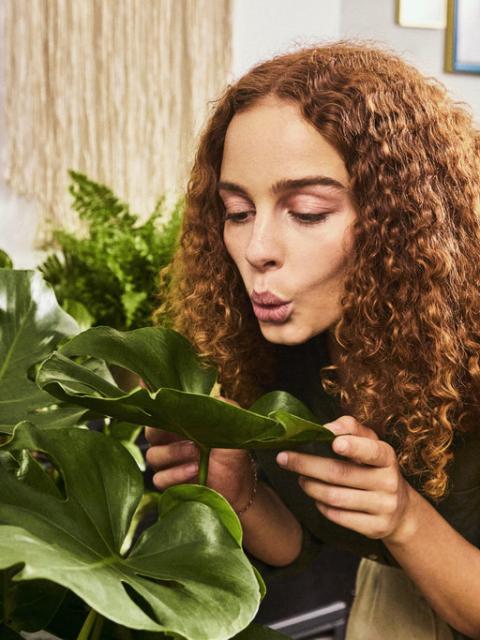Colours and shapes
The carnivores on your windowsill have names like Venus fly trap (Dionaea muscipula), trumpet pitcher (Sarracenia), sundew (Drosera) and pitcher plant (Nepenthes). What they have in common is that they lure their prey with their scent and colour, and then catch it. They each have their own way of doing this. The Venus fly trap uses trap leaves with a kind of teeth along the edge that slammed shut quickly. Sundew has super-sticky leaves and - as the name suggests - the trumpet pitcher and the pitcher plant have a sort of pitcher in which they catch insects. Want to see it for yourself? Then treat the plants to an insect. Also good to know: some carnivores flower in the spring.
Symbolism
There are more than 500 species of carnivorous plants, but this group has no symbolic meaning. Of course you could dream up a symbolism yourself, based on the plants’ characteristics. Maybe they could symbolise beauty, reaction speed and a certain ... hunger.
Origin
In the wild carnivorous plants live in regions with nitrogen-poor soil such as swamps. The Venus fly trap originates from the swamps of North Carolina, and the trumpet pitcher also grows in the United States in peat bogs. Sundew grows wild in Australia, New Zealand and Europe. The pitcher plant resides in swampy parts of the tropical rainforest on various continents. The plants are now fairly rare, so you’re unlikely to spot them in the wild.

